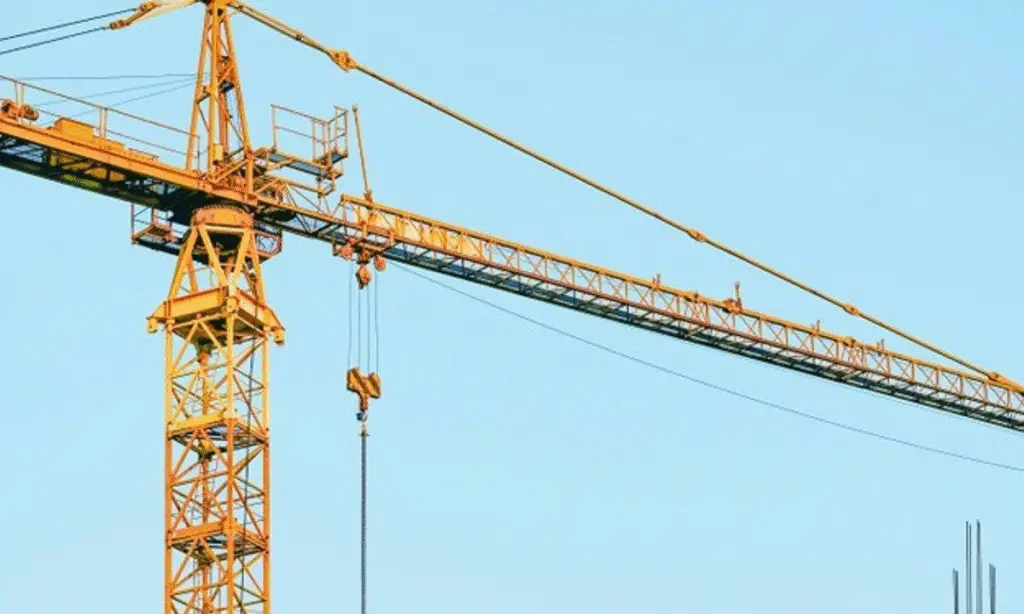When working on major construction projects, civil engineers must understand how to design structures and move the massive pieces that bring those designs to life. Rigging and heavy lifting are crucial parts of that process. Mastery in these areas ensures projects stay safe, efficient, and on schedule.
This guide offers civil engineers a practical introduction to the world of rigging and heavy lifting on construction sites.

Basics of Rigging
Rigging refers to preparing loads for lifting by cranes or other equipment. It’s not just about attaching chains and hooks — it’s about careful planning based on weight, center of gravity, and load stability.
Understanding how a load will behave during lifting is critical. A miscalculated center of gravity can cause tipping, swinging, or even catastrophic failure. Civil engineers must know how to:
- Calculate load weights accurately
- Identify load balance points
- Choose the right rigging gear based on the lift
By mastering the basics, engineers improve safety and the overall efficiency of heavy lifts.
Key Rigging Equipment
Successful rigging depends heavily on using the correct equipment. Common tools and devices include:
- Slings: Made from wire rope, chain, or synthetic materials, slings wrap around or attach to loads.
- Shackles: Heavy-duty links used to connect rigging components.
- Hooks: Used to grasp and hold loads, often featuring safety latches to prevent accidental disengagement.
- Spreader Bars: Help distribute the load weight and maintain stability.
- Chain Hoists and Cranes: Provide the mechanical force needed to lift extremely heavy objects.
Each tool has specific strengths and limitations, and selecting the wrong one can lead to accidents or damaged materials. Knowing the equipment — and maintaining it correctly — is fundamental to every lift.
Lifting Techniques
Moving heavy loads isn’t just about attaching a crane and pulling up. There are several advanced techniques civil engineers should understand:
- Tandem Lifts: Two cranes lift a single load together, requiring synchronized movement and careful coordination.
- Spreader Bar Lifting: Spreader bars are used to keep lifting slings at the correct angles and distribute weight, preventing excessive stress on the load.
- Synchronized Lifting Systems: Advanced computer-controlled systems that allow multiple hoists or cranes to lift a load evenly and safely.
Proper technique minimizes load shifts, reduces stress on lifting equipment, and ensures precise placement of materials — crucial on tight, high-stakes construction sites.
Safety Best Practices
Nothing matters more on a job site than safety. Rigging and lifting can be among the most hazardous operations if not handled correctly. Civil engineers should always follow these safety fundamentals:
- Conduct Thorough Inspections: Inspect all rigging hardware before every lift. Look for frayed slings, bent hooks, cracked shackles, or damaged crane components.
- Calculate and Respect Load Limits: Never exceed the rated load capacity of lifting gear or cranes.
- Clear the Lift Path: Ensure that no workers are under suspended loads, and keep the path free of obstacles.
- Use Certified Personnel: Only trained, certified riggers and crane operators should perform heavy lifts.
- Follow OSHA and Local Regulations: Standards such as OSHA 1926.251 for rigging practices help reduce risks on construction sites.
Promoting a safety-first culture protects workers, equipment, and the project timeline.
Real-World Case Example
In one major bridge construction project, engineers were challenged to lift prefabricated concrete segments weighing over 100 tons each. Traditional single-crane lifts were unsafe due to the size and fragility of the segments.
Instead, engineers designed a tandem lift system with two synchronized cranes and custom spreader bars. Extensive planning, load simulations, and real-time communication during the lift ensured that all segments were placed without incident — saving time and avoiding costly damage.
This example highlights how thoughtful rigging design can make seemingly impossible tasks routine.
New Technology in Rigging
Technology is revolutionizing heavy lifting. Today, civil engineers can rely on tools like:
- 3D Lift Planning Software: Simulates lifts digitally before work begins, revealing potential problems ahead of time.
- Smart Lifting Gear: New sensors embedded in hooks and slings can monitor tension and stress in real time, alerting teams before failures occur.
- Drones for Inspection: Drones can quickly and safely inspect rigging setups, lifting paths, and cranes from multiple angles.
Embracing technology improves safety and increases the precision and speed of rigging operations.
Rigging and heavy lifting are no longer skills reserved only for crane operators or site foremen. Today’s civil engineers must understand the equipment, techniques, and risks involved to manage construction projects successfully. By mastering rigging principles and staying current with new technologies, engineers can drive greater efficiency, ensure safety, and elevate their careers in the world of heavy construction.
